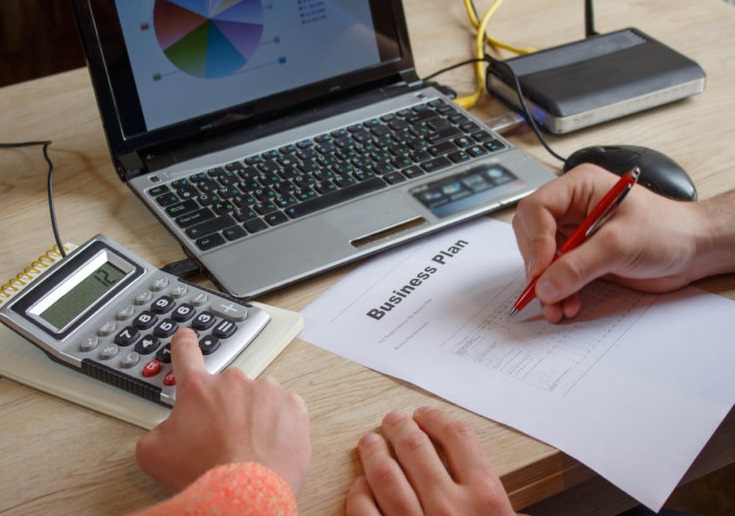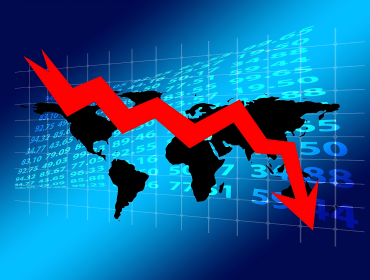
P2P lending can plug Southeast Asia’s US$175B business finance gap
While P2P lending is relatively young in Southeast Asia, there is still ample room for growth
Peer-to-peer (P2P) lending has emerged as a popular alternative financing option for small and medium enterprises (SMEs) in Southeast Asia. In 2016, P2P lending generated US$115.01 million, which accounted for more than half of total market share of Southeast Asia’s alternative financing market. In an evolving financing landscape, P2P lending complements the services banks provide and support the region in realising its growth and development potential. The very fact that investment in the region’s startups tripled from US$2.52 billion in 2016 to US$7.86 billion in 2017 is a testament of the vast potential in Southeast Asia’s FinTech startups.
Businesses, largely SMEs, benefited from such platforms too. According to a Deloitte report, SMEs contribute to 40% of Southeast Asia’s gross domestic product (GDP) and hiring 70% of the region’s workforce. Despite the importance of SMEs regionally, support is generally lacking, especially in terms of financing. This is due to strict banking regulations imposed after the 2008 global financial crisis, which have made banks and most financial institutions increasingly risk-averse. This is evidenced by McKinsey Global Institute’s report stating that 39 million Southeast Asian SMEs (or 51%) lack access to credit.
Hence, alternative financing options, such as P2P lending, come into play. In fact, EY’s SME Transformation Survey found that around 68% of SMEs are receptive to the idea of alternative financing options, including P2P lending, as the conditions and processes in securing a loan are much less rigid than banks.
Here is the thing – according to McKinsey Global Institute, a US$175 billion SME financing gap exists in Southeast Asia, and it’s a growing issue. Over the past decade, China, India and Southeast Asia have moved on from a cash-based society to one where mobile payments are common currency; skipping credit cards, savings accounts and other consumer financial products. However, the majority of Southeast Asian economies are primarily cash-based, with many remaining unbanked despite possessing a smartphone, resulting in many unable to obtain traditional small business or personal loans for their businesses. All these points to a prime market for alternative financing and fintech startups to enter Southeast Asia as it is a market with massive potential to bridge the financing gap.
With alternative financing gaining prominence and popularity, Southeast Asian regulators in Singapore, Malaysia and Thailand have liberalised their regulatory framework to enable alternative financing companies to operate while concurrently regulating P2P lending. Such regulatory reforms, coupled with multilateral technology collaboration and cooperation, have led to a growing number of alternative finance platforms appearing in the region.
These measures show regulators recognise the value alternative financing brings to their respective economies and its ability to narrow the US$175 billion SME financing gap. Despite these developments, Southeast Asia is a big and fragmented market, with ten countries each differing significantly in terms of regulation, economy, infrastructure and culture. Therefore, there is an increased need for cooperation and collaboration to prevent unnecessary overregulation that could hinder the sector’s growth. In Singapore, the Monetary Authority of Singapore (MAS) announced that it will advocate for better financial access by partnering with financial institutions. While this is a positive step to accelerate financial inclusion in Singapore, more collaboration opportunities could be given to the country’s fintech industry.
A P2P lending platform enables accredited family offices and high-net-worth individuals to lend to SMEs. Although interest rates offered to the SMEs are generally higher than banks, they still remain lower than other non-bank financing options. Some P2P lenders would also develop additional measures to protect lenders, for example in offering insurance coverage to lenders through partnerships — this adds an additional level of security for investors.
In addition, as credit is scarce and costly, P2P lenders perform their own thorough due diligence and risk analysis by using third-party and surrogate data, as well as their own credit scoring and algorithms to determine creditworthiness in ensuring quality borrowers. More importantly, all these are done through technology by adopting machine learning and artificial intelligence to minimise the cost of financial intermediation and reduce the time taken to perform credit checks, thus passing the benefits to both investors and SMEs.
More…https://e27.co/p2p-lending-can-plug-southeast-asias-us175b-business-finance-gap-20181205/
Written by E27
Related Post
MSMEs Day 2025: Enhancing the role...
MSME Day 2025 comes at a pivotal moment—just ahead of the Fourth International Conference on Financing for Development (FfD4) in Sevilla...
SME Performance Review: the Annual Report...
Despite ongoing economic headwinds and geopolitical uncertainties, Europe’s 26.1 million SMEs continue to demonstrate remarkable resilienc...
How small businesses can navigate global...
Micro, small, and medium-sized enterprises represent the vast majority of businesses worldwide and are vital to global employment, yet they ...




